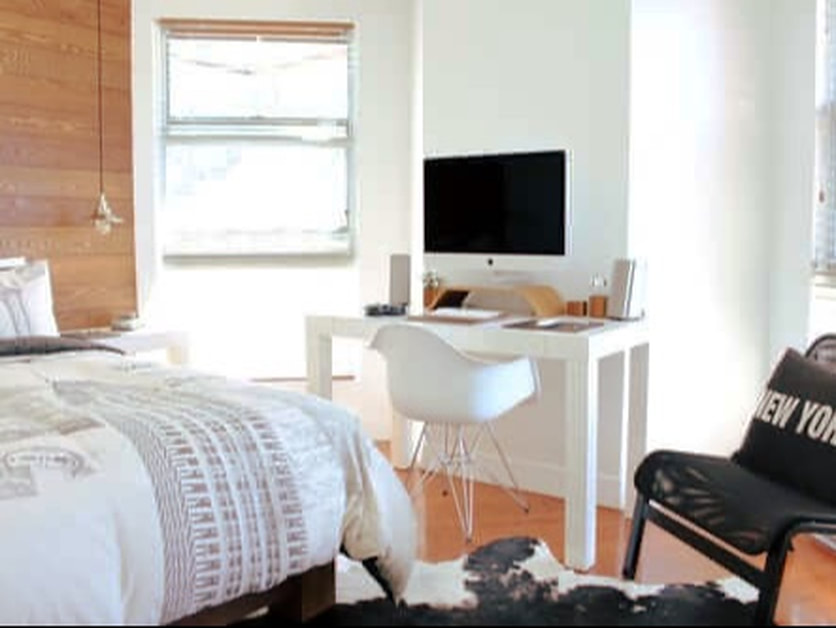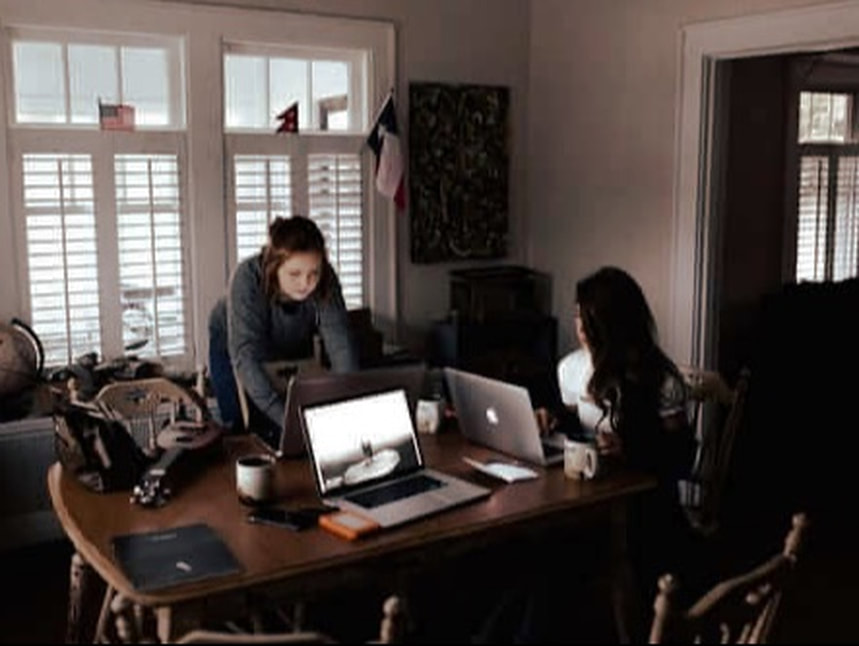|
Creating work-life boundaries is a key to preventing burnout, but how on earth do you keep your work and home separate in the middle of pandemic? Are you struggling to keep it all together? We are going to be living with the impact of COVID-19 in one form or another for the foreseeable future. Coping with anxiety, psychological distress caused by COVID-19 is significant challenge. And then there are the more practical challenges, like trying to keep work and home separate. Are you working out of your bedroom, or your living room, or side by side with your children at the kitchen table? At the start of the first lockdown last year caused by COVID19 pandemic, I decided to switch permanently to working with clients online. Like many of your, since then I've found myself at home, with my children, a lot. On top of managing work, there's also managing changing conditions of children's education, and everybody's mental and physical health. I threw myself into work as a coping mechanism. Part of this was not knowing when the lockdown was going to end and making the best of not being able to do much else. However, this was not the healthiest option; hello COVID kilos and my mind going stale. Something had to shift. Now my priorities are a little different. I rely on four key strategies: acceptance, taking control, leaning into mindfulness, and active self-care. I use the flexibility of work-life boundaries to better balance work and everything else. Because life is still there, it just looks a little different. BOUNDARIES ARE A STATE OF MIND Boundaries have always been a state of mind. At work you have environmental cues and barriers such as an office, a time clock, and a meeting room. However, there is more to boundaries than walls and a clock. Seepage of stress between home and life is not just about bringing work home, being on call or checking work mails after hours. For working mums in particular, it’s always been about compartmentalising thoughts, and perhaps the guilt that often comes with not being able to do two roles (mother and worker) at the same time. Home thoughts at work may include: What am I making for dinner? How is Chelsea going on childcare, I hated to leave her crying? How do I let my boss know I have an appointment next Wednesday? Do we have enough money to pay the bills? Or ruminating on an argument with your partner, a personal medical problem, or daydreaming about your holiday. At home it’s wondering when you are going to be able to finish a report. Thinking about whether you should change jobs, or why you weren’t invited out to lunch with your peers. FOUR KEYS TO KEEPING YOUR COOL WHEN WORKING AT HOME DURING A PANDEMIC Although creating work-life boundaries is important to prevent burnout, work and life have never fitted into neat little exclusive packages. Managing the extent and intrusion of thoughts from one role to another is the key. This involves a level of awareness, self-compassion and task attention. The myth of multi-tasking has been well and truly busted. Productivity comes from concentrating on one important thing at a time. The keys to maintain work-life boundaries when working at home in a pandemic is accepting your situation, controlling what you can, practicing mindfulness, and active self-care. 1. ACCEPT YOUR SITUATION Accept that it is generally impossible to ideally separate work from life in these current circumstances.
2. CONTROL WHAT YOU CAN Identify what you can control and what you can't control.
Just because you can be flexible with your time does NOT mean you need to be available all hours of the day. 3. PRACTICE MINDFULNESS Cultivate a mindfulness mindset
4. TAKE CARE OF YOURSELF You matter..
When you aren’t physically seeing colleagues, going into work, chatting to your train buddies or engaging in many of the incidental contact we take for granted, intentional connection is necessary. IN CONCULSION
Working from home was sold as the dream. Flexibility, working in your pyjamas, being able to go out for coffee. A dream. However, the reality of working from home, in a pandemic, during lockdown is no-one’s idea of a dream. Maintaining a distinction from work and life is hard, particularly when you don’t have a she shed and your children are remote learning. Accepting your situation, controlling what you can, practicing mindfulness and engaging in active self-care, are keys to maintaining your work-life boundaries . Doing all these things is not going to magically change working from home back into a dream, but it can make working from home during a pandemic less stressful. What are some of your best working from home tips? Thank you for reading. If you have found this article useful, please share with someone who it might help. Until next time, take care of yourself. Kim Ross (Dunn) Psychologist | Fierce Self-Care Advocate. ps If you need some fierce self-care join our Mindful Wellbeing Community and get helpful tips and support direct to your inbox.
0 Comments
Your comment will be posted after it is approved.
Leave a Reply. |
Categories
All
Disclaimer* These articles are provided by Kim Ross, Psychologist for general information and education . They are not designed to be used for therapy.. If you are experiencing stress please contact your GP or mental health professional.
AuthorKim Ross is an Online Psychologist and Founder of Positive Young Minds and Private Practice Sustainability. |
Working together to strengthen your Calm Dynamic mind and create calm, connection and confidence
I work with people from all backgrounds, beliefs and experiences. I believe you should have the freedom to be yourself and valued for your differences. It's what makes our world go round.
@Kim Ross | ABN 35811757812 | All Rights Reserved | Terms and Conditions | Privacy



 RSS Feed
RSS Feed



